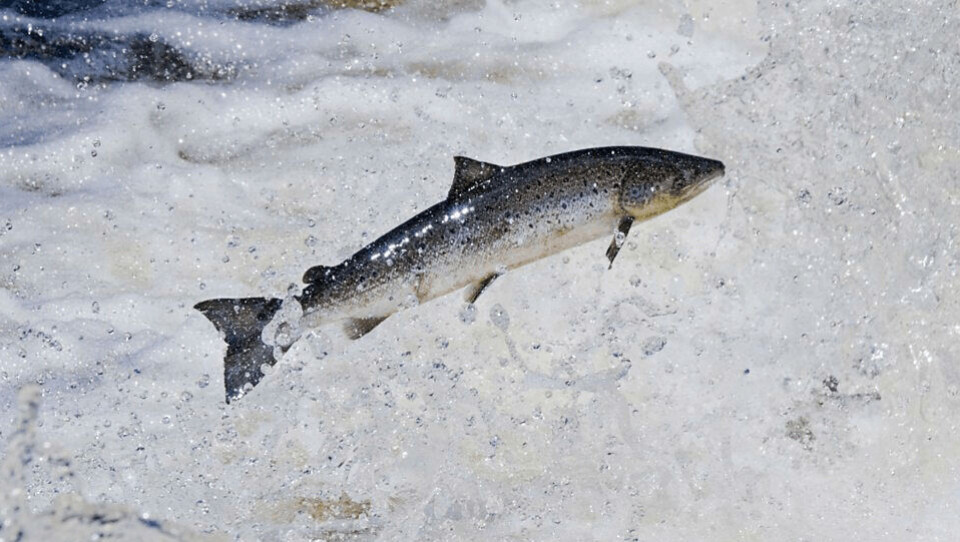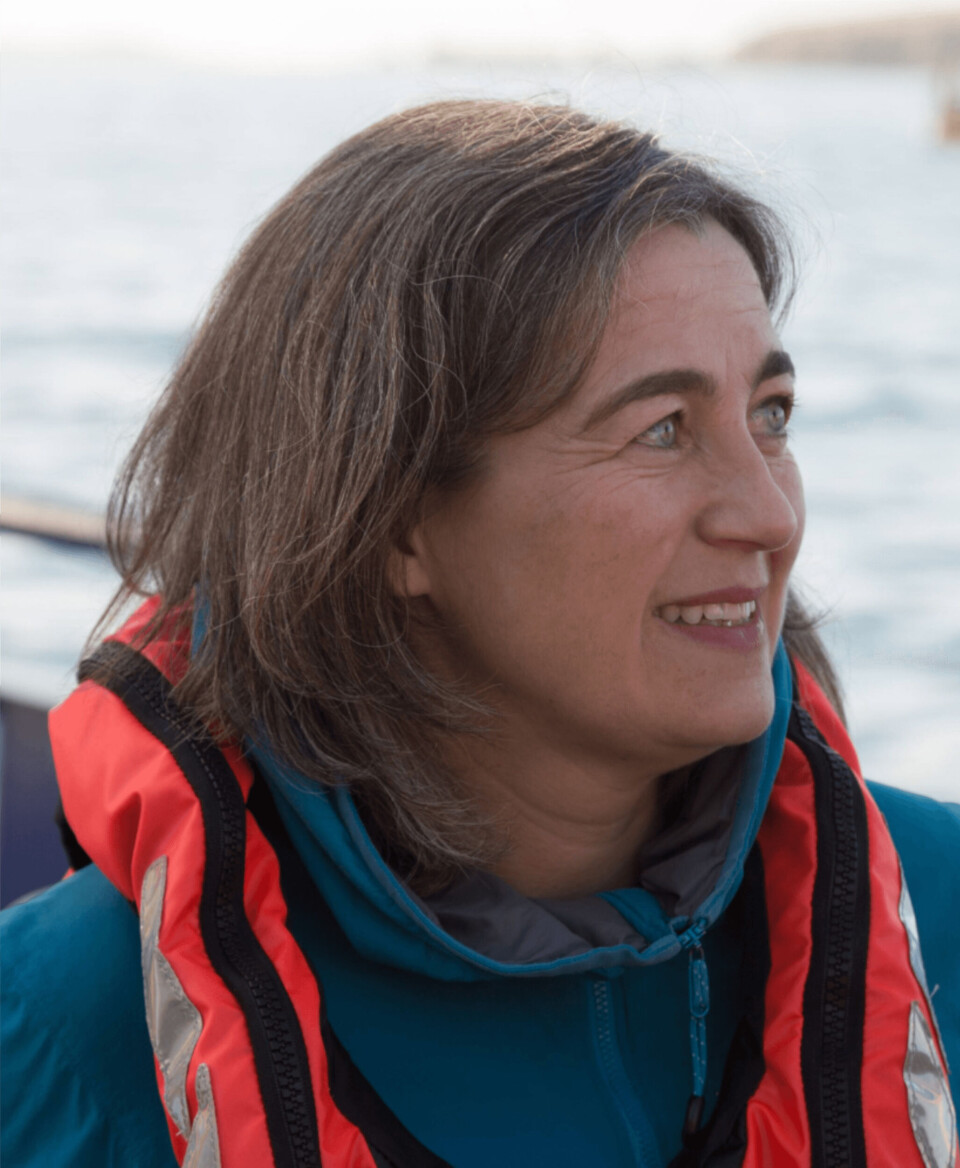
Angling sector urged to be more transparent to help wild salmon
Scotland’s salmon farmers today threw down the gauntlet to the angling sector to match the fish farming industry’s “level of transparency”.
The call by Scottish Salmon Producers’ Organisation chief executive Julie Hesketh-Laird followed the release today of a report by the Salmon Interactions Working Group (SIWG), a collaboration between the Scottish salmon farmers, the wild fish sector and governmental bodies.
The report contains 42 recommendations that aim to improve the regulation of wild-farmed interactions, improve the relationship between the farmed and wild salmonid sectors and support the conservation of wild salmonids, including investment in habitat restoration.

‘Robust framework’
In his introduction to the report, SIWG chair John Goodlad wrote that the measures were presented as a package and should be implemented in full.
“If our recommendations are accepted, then I believe it will be possible to build a robust and durable framework that will minimise the impact of fish farming on wild salmonids,” wrote Goodlad.
Most of the recommendations refer to salmonid farming and some suggested measures are similar to regulations in places such as Norway, Chile and Canada.
Regulatory reform
The recommendations include reforming Scotland’s finfish aquaculture regulatory regime so that it protects wild migratory salmonids.
It is also recommended that a single lead body should be assigned responsibility for regulating wild and farmed fish interactions and given appropriate powers for monitoring and enforcement.
The SIWG also recommends:
- Robust conditions to safeguard wild salmonids should be contained within a salmon farm licence rather than through planning consent;
- Notification to all relevant authorities, including to the local district salmon fisheries board, of escapes or suspected escapes to be made within 24 hours of knowledge of the incident;
- Fines proportionate to the incident and scale of the escape;
- Enforcement sanctions relating to sea lice and escapes, including the use of fixed and variable monetary penalties, should have a mechanism to allow money to be invested into wild salmonid conservation work.
The SIWG wants more data on wild fish, although it puts much of the onus on the Scottish Government rather than the angling sector to deliver a research strategy for wild salmonid research.

Tough talks
In a press release from the Sottish Government, Hesketh-Laird said discussions with the wild fish sector over the last 18 months had been “tough and complex” but had delivered a framework “that demonstrates our determination to work with all those who genuinely have an interest in protecting, preserving and reviving wild Atlantic salmon stocks around Scotland’s coasts”.
In a separate statement from the SSPO, Hesketh-Laird said salmon farmers “have an acute appreciation of the need to maintain and protect the natural balance of the habitats in which we live and work, and as such have been keen to lend their insights and experience from day one of discussions”.
She added: “With the results of those recommendations now released, our hope is that these newly forged ties between the different stakeholders can continue, with both wild and farmed interests learning from the other.
‘Match our transparency’
“In particular, Scotland’s salmon farmers have shown their commitment to best practice by going further with transparency and data reporting than almost all international counterparts. We would now like to see the wild fish sector match our level of transparency and frequency of reporting to help us all better understand what is really happening to Scotland's wild salmon stocks.
“Equally, we look forward to governmental bodies addressing the other 11 identified pressures to wild salmon and trout in an equally thorough manner in the near future.”
Amongst the 12 identified potential pressures to be explored are capture fisheries (netting, rod and line), habitat quality, predation and barriers to migration (hydro schemes).























































